Editor's note: Lt. Col. Sophia Tillman-Ortiz wrote the main article and Col. Norvell V. Coots, M.D. wrote the commentary at the end.
Soldiers are confronted every day with terms like mental health, suicide prevention and traumatic brain injury. These words frequently penetrate the airwaves of our radios, and screens of our TVs and computers. Even with the growing attention to post-deployment health, it is easy for Soldiers to say, "This doesn't pertain to me," when in reality these issues may very well be affecting those Soldiers without their knowledge.
The Army has programs to address these issues in the hope that Soldiers will participate in them. The Post-Deployment Health Reassessment is one of these programs. Different from the Post-Deployment Health Assessment, which is completed immediately after deployment, the PDHRA screens Soldiers 90-180 days following time in a combat area, and specifically targets physical and behavioral health concerns that may have emerged since redeployment.
Over the years, Soldiers have had mixed feelings about the program. Is it a check-in-the-box' Is it simply another exercise the Army has mandated' Despite these sentiments, Soldiers have progressively seen the value of the program, and have gained an understanding of how it helps them as individuals. Sgt. Angel Malone, an Oklahoma National Guardsman, said: "At first I was kind of angry, because we had to go back and do another screening. It was aggravating, because we had already gone through so many SRPs (Soldiers Readiness Processing). This seemed like a similar process. I later realized this was definitely different from other SRPs I had attended."
This initial impression is not uncommon. With the numerous tasks Soldiers must complete upon their return, the difficulty lies in letting them know that the PDHRA is an opportunity to address something that is personal to them-their own health.
"You don't know what you don't know, and this becomes the foundation of our problem," said Col. Thomas Languirand, chief of the Command Policy and Programs Division, Deputy Chief of Staff for G-1/Personnel, who currently oversees the PDHRA. "How do you prove to Soldiers that not only do they not know what they may be facing, but they may not realize it until it's too late'"
Malone said her experience gave her piece of mind that her originally brushed-off concerns were ones she could control. In her case, the PDHRA helped identify that what she thought was frustration was actually clinical depression. Equally important, the PDHRA provided her with an opportunity to receive treatment for her condition, and eventually solace from her difficulties.
"I wasn't too sure if the concerns I had were a figment of my imagination. During the PDHRA, I realized it was a concern many of us had shared. This empowered me to respond truthfully throughout the process, and get the help I never thought I needed," Malone said.
Reluctance like Malone's, along with gaining awareness and acceptance of the PDHRA, have been challenges for the program since its inception five years ago.
"Our largest obstacle back then was to truly get the Army's buy-in," explained Col. Rhonda Earls, the first PDHRA program director. "This ranged from big Army all the way to the Soldiers on the ground and their NCOs."
From Earls' perspective, understanding and support came once the PDHRA was able to prove quantitatively that issues not only existed, but that they existed on a significant scale. "The stress of war couldn't really be quantified back then," she said. "We had an understanding of what these stresses were, but with the PDHRA, we were able to match these issues with a real number for the first time, and offer a call-to-action for the Department of the Army to address."
Another challenge for the Army and the PDHRA is multiple deployments. Specifically, the program is often questioned about how it deals with the relationship between post-deployment health concerns and multiple deployments.
"Post-deployment health issues can affect anyone," said Languirand. "It's a nondiscriminator that sees past the number of deployments an individual may have had."
In Languirand's view, this issue is an important one, but he believes the focus should be on anyone who has deployed. It is for this reason that the PDHRA stresses to Soldiers that the screening must occur after every deployment, to ensure that all Soldiers have an opportunity to identify issues quickly.
While the Army provides more health resources to its Soldiers than ever before, the success and effectiveness of the program relies on a partnership between the Army and Soldiers; it is not a silver bullet. The PDHRA requires active and candid participation by the Soldiers themselves.
"Some Soldiers will have issues, others will not. If Soldiers don't answer honestly, it is as if they didn't take it at all," said Languirand. "It takes a willing Soldier to identify the issues, and receive the care so they can properly transition back home."
Soldiers can initiate the PDHRA on Army Knowledge Online (search for PDHRA). However, the screening is not complete until there is a one-on-one, confidential conversation with a health care provider.
Lt. Col. Sophia Tillman-Ortiz is the U.S. Army Post-Deployment Health Reassessment program director.
A commander's perspective: Putting the PDHRA to work
More than seven years ago I was part of a working group whose sole responsibility was to develop the Post-Deployment Health Reassessment. Not having had the benefit of such a tool when I returned from my own deployment, I would often sit in our conference room envisioning how such a program would actually come to life.
Years after leaving the working group, I can now truly visualize how the work back then developed the PDHRA into what it is today. It is this understanding that helps me recognize how the PDHRA truly enables a commander to ensure the care of America's servicemembers.
The PDHRA is more than an item on a checklist for me, it is an opportunity for our men and women to continue their mission to successfully transition back home. Serving within a culture where Soldiers are instructed to internalize their feelings and sentiments, I find that the PDHRA offers them a chance to pause and simply speak their mind openly. The idea of keeping our sentiments to ourselves is not something new within our ranks. However, it becomes a reality when you see, first hand, how the PDHRA successfully offers Soldiers the opportunity of disclosure.
I still remember an instance when a Soldier's wife approached me asking for assistance with her husband's difficulties in transitioning back home. Battling sentiments of anger, nightmares and the inability to sleep, he had an issue that needed to be dealt with immediately. He was experiencing something many Soldiers experience, a battle that he could not win himself, and one that he did not completely understand. Working with the Soldier's company commander, I realized he had fallen through the cracks. Having passed the 90- to 180-day window of when the PDHRA should be administered, the Soldier had not completed the screening.
Months after the PDHRA was finally administered, I received a thank-you note from that Soldier's wife, stating that the PDHRA had accomplished its job of linking the Soldier to the care he needed. If it weren't for this opportunity, where the Soldier was able to disclose his concerns, the outcome may have been very different.
Whether it's a wife's cry for help or a commander's own understanding of the difficulties a Soldier may be experiencing, these instances bring to life how the PDHRA can be effective. Just like any other tool in the hands of commanders, the PDHRA is powerless without a commander's follow-up. Like my mentor told me as a young commander many years ago, one should always follow the five cardinal responsibilities: check, check, check, check and check. The PDHRA is not the end-all-be-all, but it is a tool that brings me one step closer to limiting failure and ensuring success.
At Walter Reed Army Medical Center in Washington, I have the benefit of a large command group that helps me keep true to these five cardinal responsibilities. However, it's more than just vigilance that leverages the benefit of the PDHRA; it is also the human element-the commander-Soldier relationship. That relationship has proven to impact Soldiers' willingness to complete the screening and provide honest answers. Taking the time to talk and share with them, that while their combat deployment may be over, the Army is still there to help them through their next journey-the one back home with their Families and loved ones-is crucial.
In a time when the U.S. is dealing with two large-scale combat engagements overseas, tools like the PDHRA become particularly important in ensuring Soldier readiness. I can sense the hunger young Soldiers have when they return home. Often, it is a hunger to return to duty and to continue their service to their country by deploying again. Without tools like the PDHRA, a commander is less equipped to truly evaluate and understand whether a Soldier is ready to deploy again.
Never wanting to limit a Soldier's desire to serve, I find that the 90- to 180-day window is integral for Soldiers to identify any potential issues that may then be addressed, moving a Soldier closer toward returning to the fight.
In fact, research tells us that this time period is when these issues will surface. Therefore, commanders will find that speaking about the PDHRA during the post-deployment phase and demobilization is a more effective time to discuss the need for the screening. It is during this time that a commander can welcome Soldiers home, and inform them that the Army's assistance has not ended, that the Army will continue to support them in order to ensure that they are OK. This helps convey that the PDHRA is an opportunity to help strengthen Soldiers, their Army and their mission.
The PDHRA is not optional and this makes the program that much more helpful. Fear of stigma is a powerful thing, and often it is an obstacle that prohibits Soldiers from speaking freely about what is truly going on while transitioning back home. Because every Soldier must complete the PDHRA, the screening helps alleviate a huge barrier to care. It empowers Soldiers to interpret the screening as a chance to privately sort their concerns, one-on-one, with health care providers, and continue down the road to normalcy.
Nevertheless, alleviating stigma is only part of the job. In the end, commanders continue to carry the torch, leading their men and women toward the resources they need. This is a large responsibility, and luckily, the PDHRA makes it a little bit easier, enabling me to serve my Soldiers as best I can.
Col. Norvell V. Coots, M.D., is the commander, Walter Reed Health Care System, Walter Reed Army Medical Center, Washington.
What you need to know about the PDHRA
Established in 2005, the Post-Deployment Health Reassessment screens for physical and behavioral health issues that may have developed due to deployment in a combat area.
All Soldiers and Department of the Army civilians who have served in areas of combat are required to complete this health screening. Serving in combat situations places unique stresses on the body, and there may be latent issues that need to be addressed in a timely manner.
The PDHRA should be completed 90 to 180 days after redeployment to effectively prevent, care for or treat any issues following time in a combat area.
Specific guidance on taking the PDHRA can be obtained from your commander. However, you can begin the PDHRA, or learn more about the process, by going to Aca,!A"My Medical ReadinessAca,!A? at Army Knowledge Online.
More information is available at www.armyg1.army.mil/HR/pdhra.
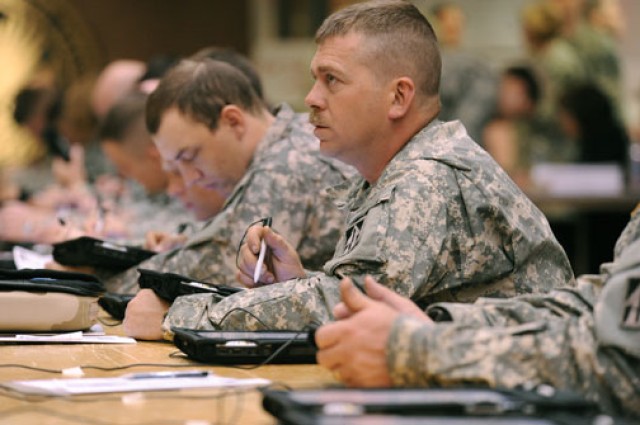
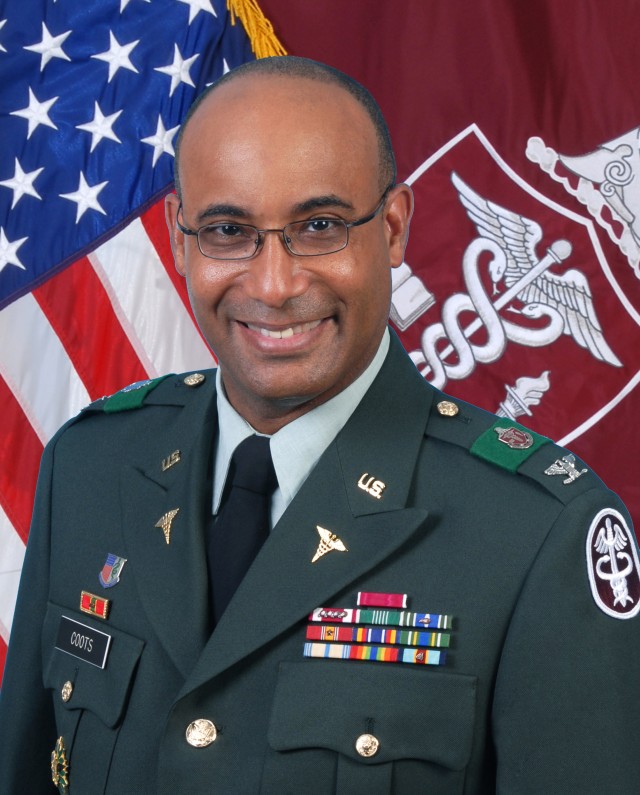
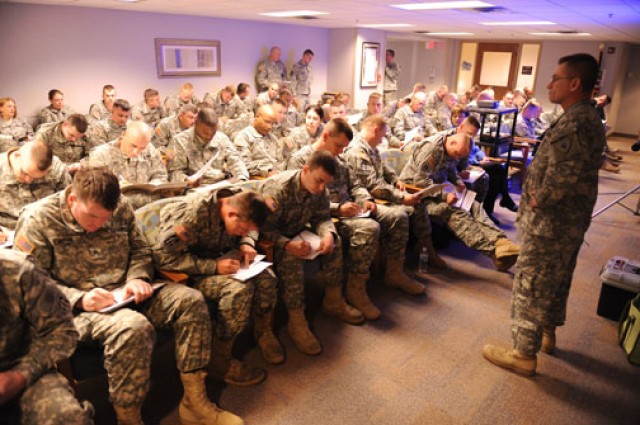
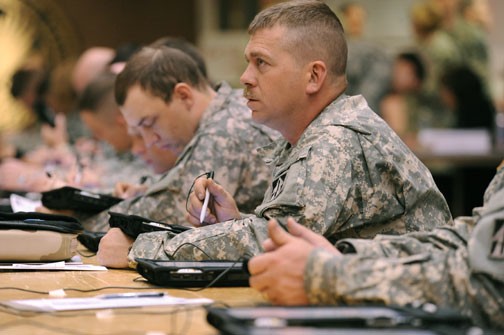
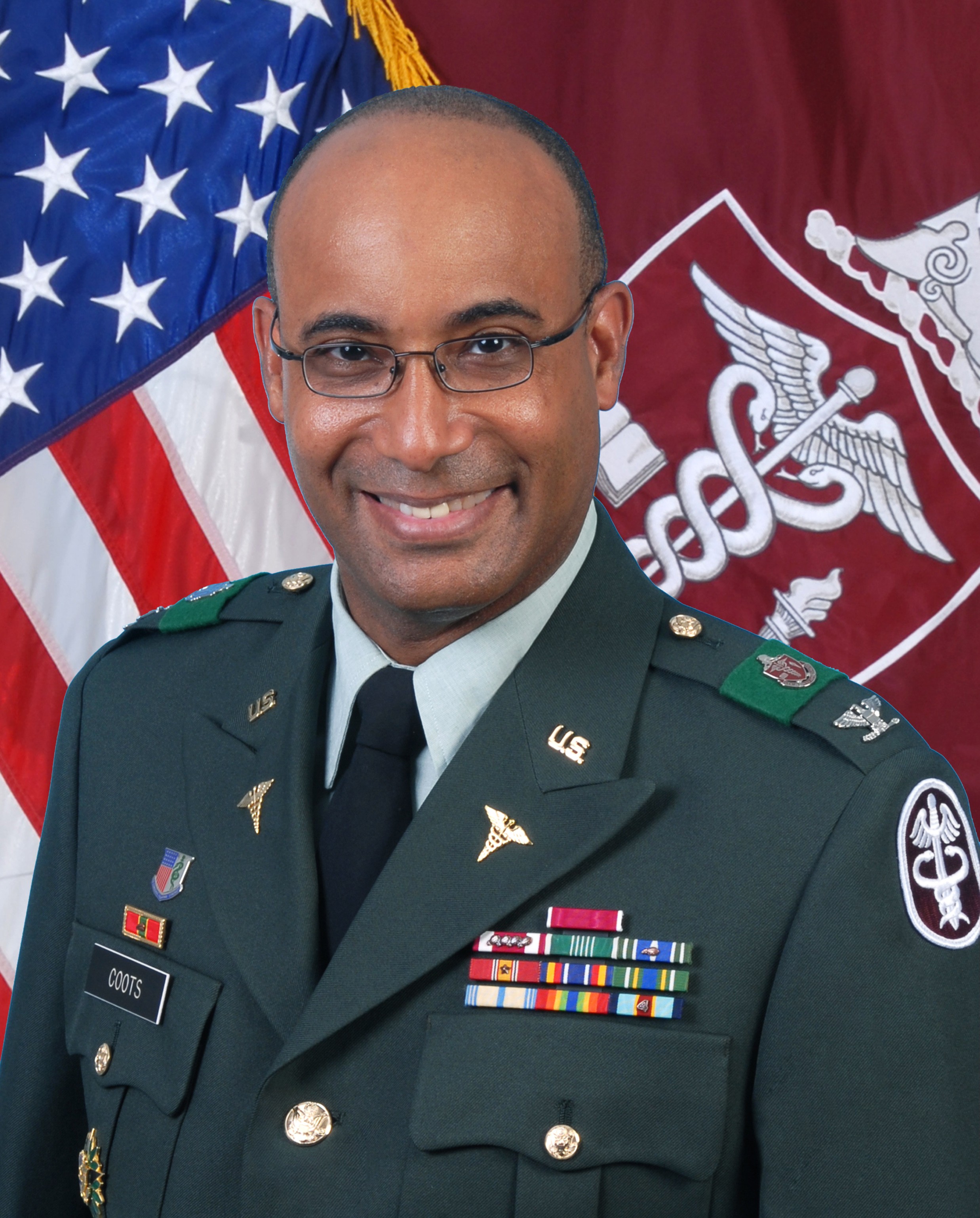
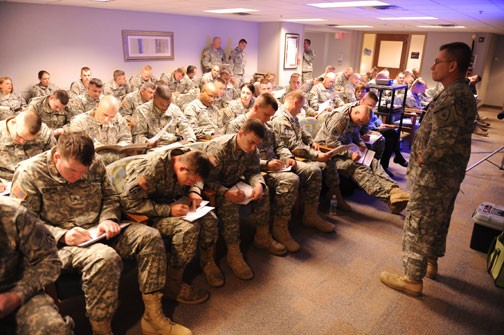
Social Sharing